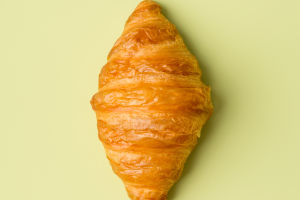Sable is a rare and endangered species in China. Sable is a precious fur animal. There are many crafts made of sable fur in ancient times.
Sable belongs to the genus of Sable and specializes in northern Asia. It mainly lives at an altitude of 800-1600 meters in the cold sub-cold coniferous forest and coniferous broad-leaf mixed forest zone.
It is located at the northern latitude of 41° N. Hunting small prey through smell and hearing. Including mice, birds, and fish. They also eat insects, berries, and pine cones, and eat a variety of foods. Ferrets nest mainly on the forest floor, where they hide in bad weather or when hunted, and where they store their food.
They are 40 centimeters long, weigh 1 kilogram and have a 12-centimeter tail. They live for eight to 15 years. Its limbs are short and robust, and the hind limbs are slightly longer than the forelimbs. Both the front and back stems have five toes, the hind limbs also have meat pads, and the curved claws are semi-flexible.
The whole body is brown-black or brown. Slightly mixed with white acicular hairs. The head is grayish-brown, and the auricle is stained white, with yellow or yellowish-white throat spots.
The chest has a tan coat, and the abdomen is pale. The eyes are large and vivid, the ear shells are large and upright, slightly triangular, and the tail is thick and fluffy, accounting for about 30-40% of the body length.
Sable is good at tree climbing, agile, nimble, and active in the deep forest. Nests in crevices in rocks, in holes in trees, and under the roots of trees. Usually, camps live sedentary lives, migrating by wandering through food abundance and climate changes, often residing in simple temporary resting nests. In addition to the mating period, more solitary.
Its keen eyesight and hearing, quick action, when disturbed, instantly disappeared into the woods. Both day and night can be active foraging, the range of activity within 5-10 square kilometers.
They can catch prey on the ground and climb trees. In winter, when food is scarce, they migrate to the lower mountains and return when the weather is warmer.
When the sable moves on the ground, its gait is mainly divided into two types: trot and skip. When walking, it runs back and forth, smells and looks, and looks around with its head held high.
When hunting and avoiding enemies, it will run and jump, the longitudinal jump can reach about 30 centimeters, and some people think it can jump 2 meters away. His track was a deep nest in the snow, and he could see the marks of his claws in the thin ice. The main predators are the yellow-throated mink and birds of prey.
The fur of the sable is called mink, which is a rare fur. In northeast China, it is called "three treasures of Northeast China" together with "ginseng" and "velvet of deer".
Among international fur commodities, mink is the most expensive, selling for $150- $300 per skin. Traders around the world reserve mink as gold, also known as "soft gold".
The mink itself is weak in reproduction, and its numbers are very few due to pollution caused by long-term hunting and extensive deforestation, and rodent spraying.


